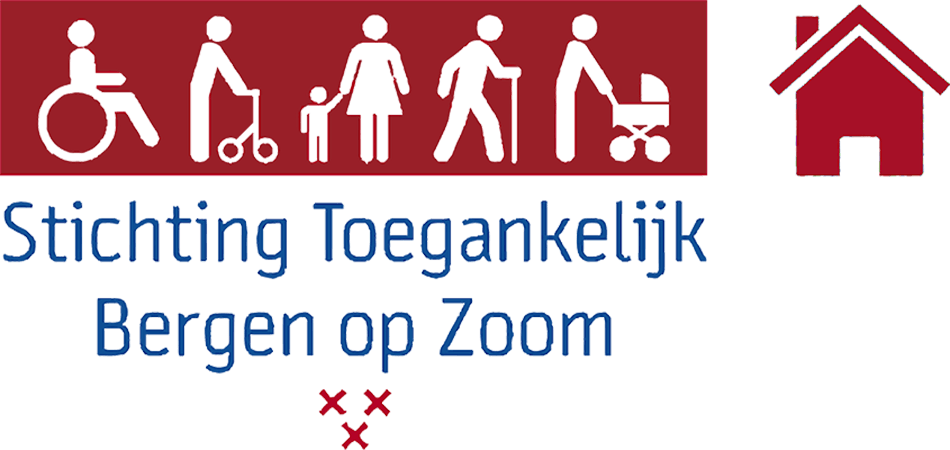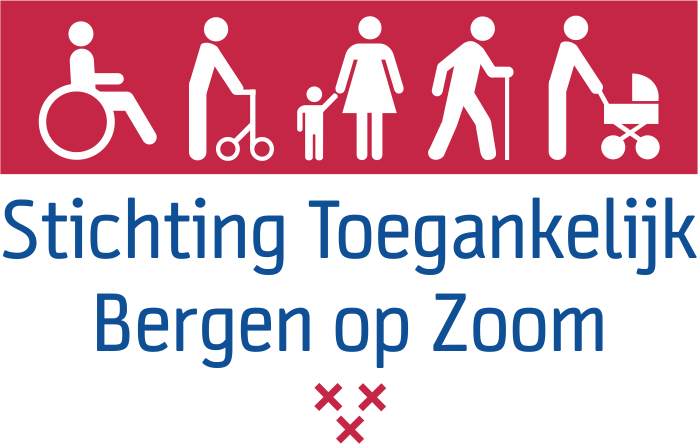Analysis new website municipality
Laws and rules
Digital accessibility is essential for people with disabilities. That is why laws and regulations have been drawn up about this. An accessible website must comply with WCAG guidelines that apply worldwide.
In the Netherlands, it is legally determined that government sites must meet accessibility requirements as laid down in EN 301 549/WCAG 2.1 and must account for this in a published accessibility statement.
Summary analysis
- Much attention has been paid to specific accessibility features with success. The navigation can be greatly improved for all users. The skip function misses its target. This is a great loss for people with a visual impairment and for people who cannot operate a mouse. For the visually impaired and the lower literate, the number of topics on the homepage is far too large. They quickly lose track. For lower literate people, the lack of visual language is an obstacle.
Recommendations
- Divide the web pages into a structure with three information levels. Make a division at each level with a maximum of 7 sub-levels. Create a navigation structure based on that information structure. The desired topic can be found in three clicks. Use Google Analytics, for example, to determine the frequency of selection of the menu, submenu and subsubmenu items. Placing the items in the lists in descending order of frequency further reduces the number of menu items that need to be read to screen reader users. Opt for a skip link structure with as few options as possible. Make the structure in such a way that a lot can be skipped. The less that has to be 'read out', the better. Try to use more visual language.







